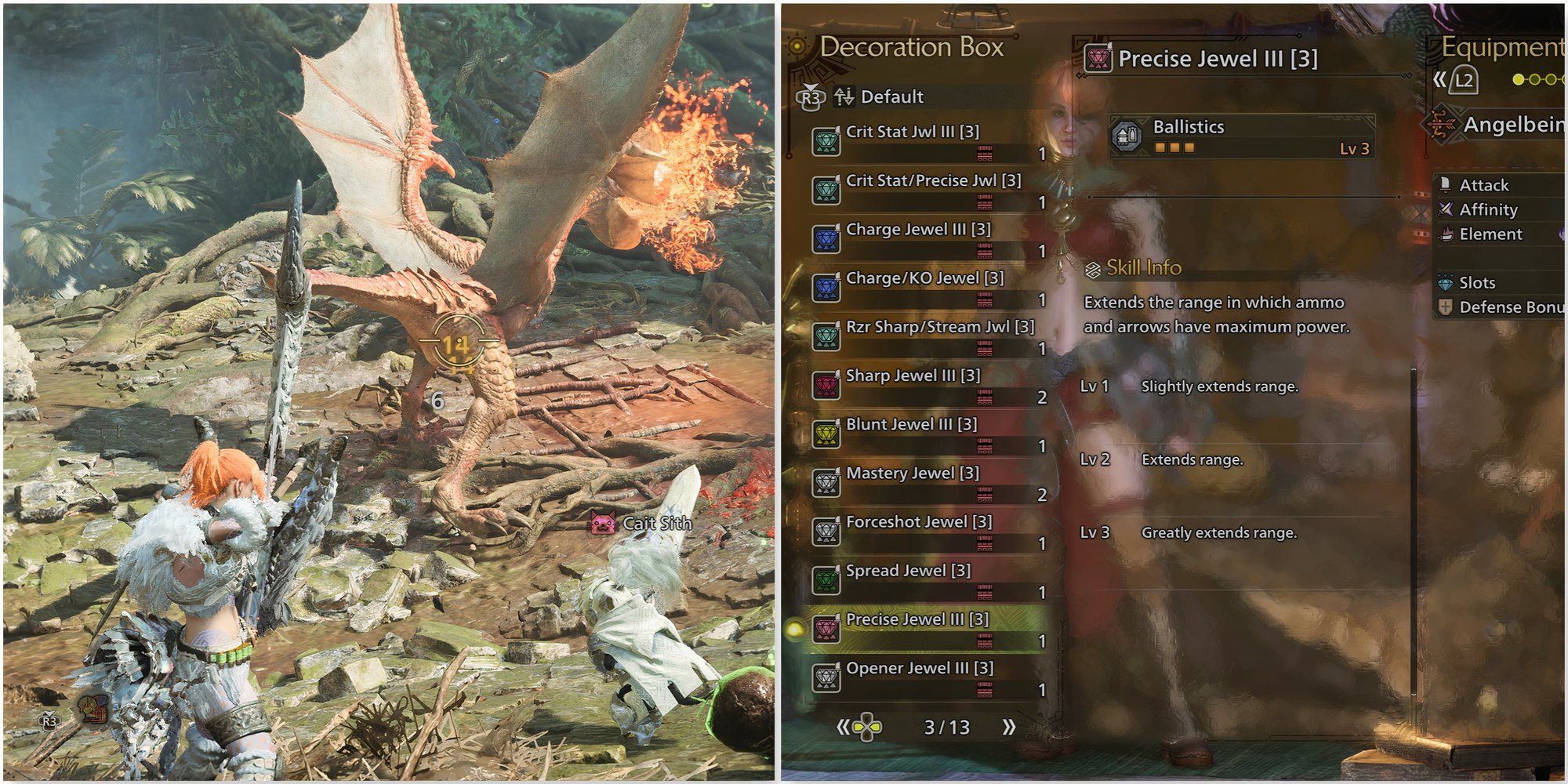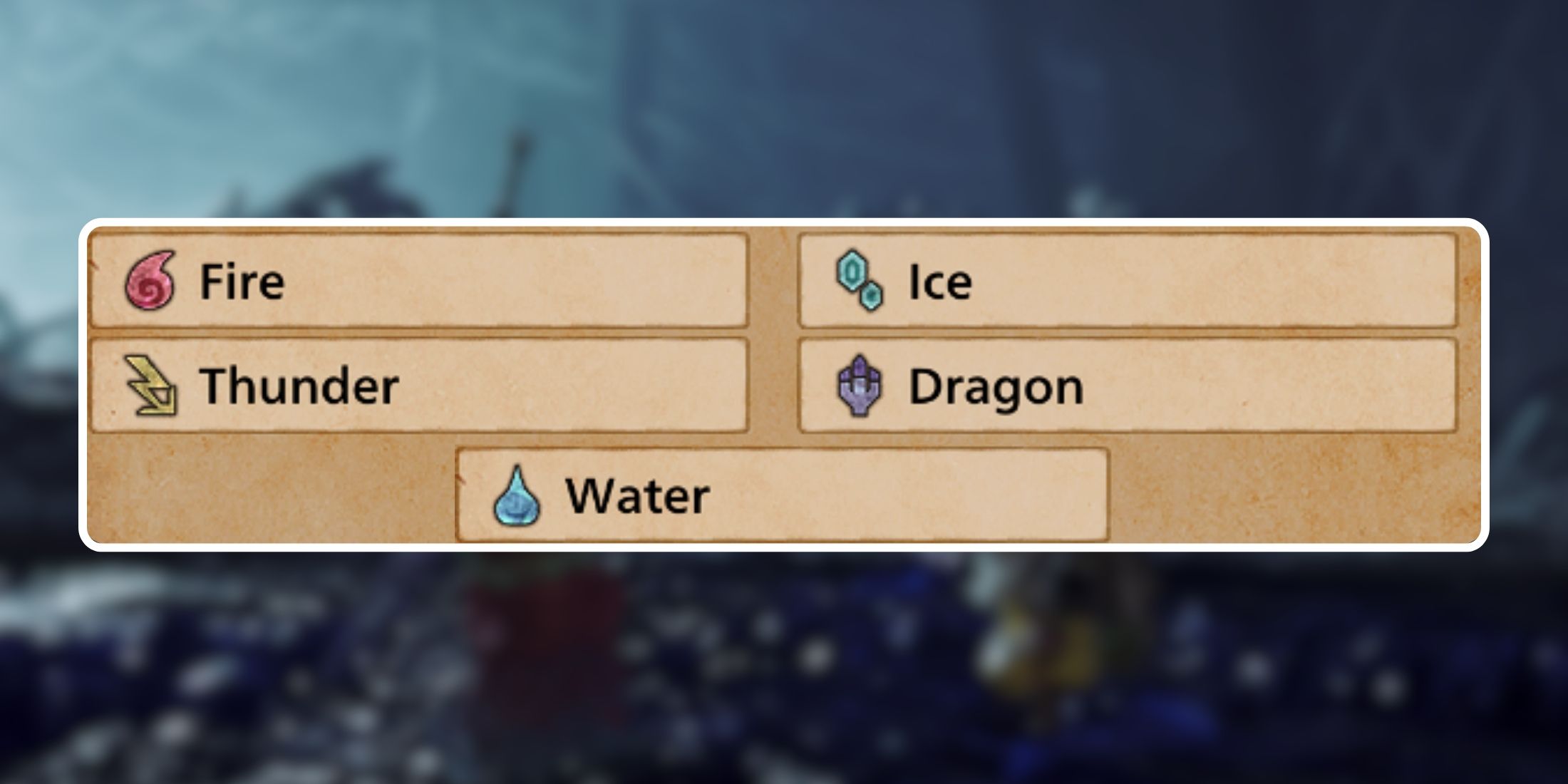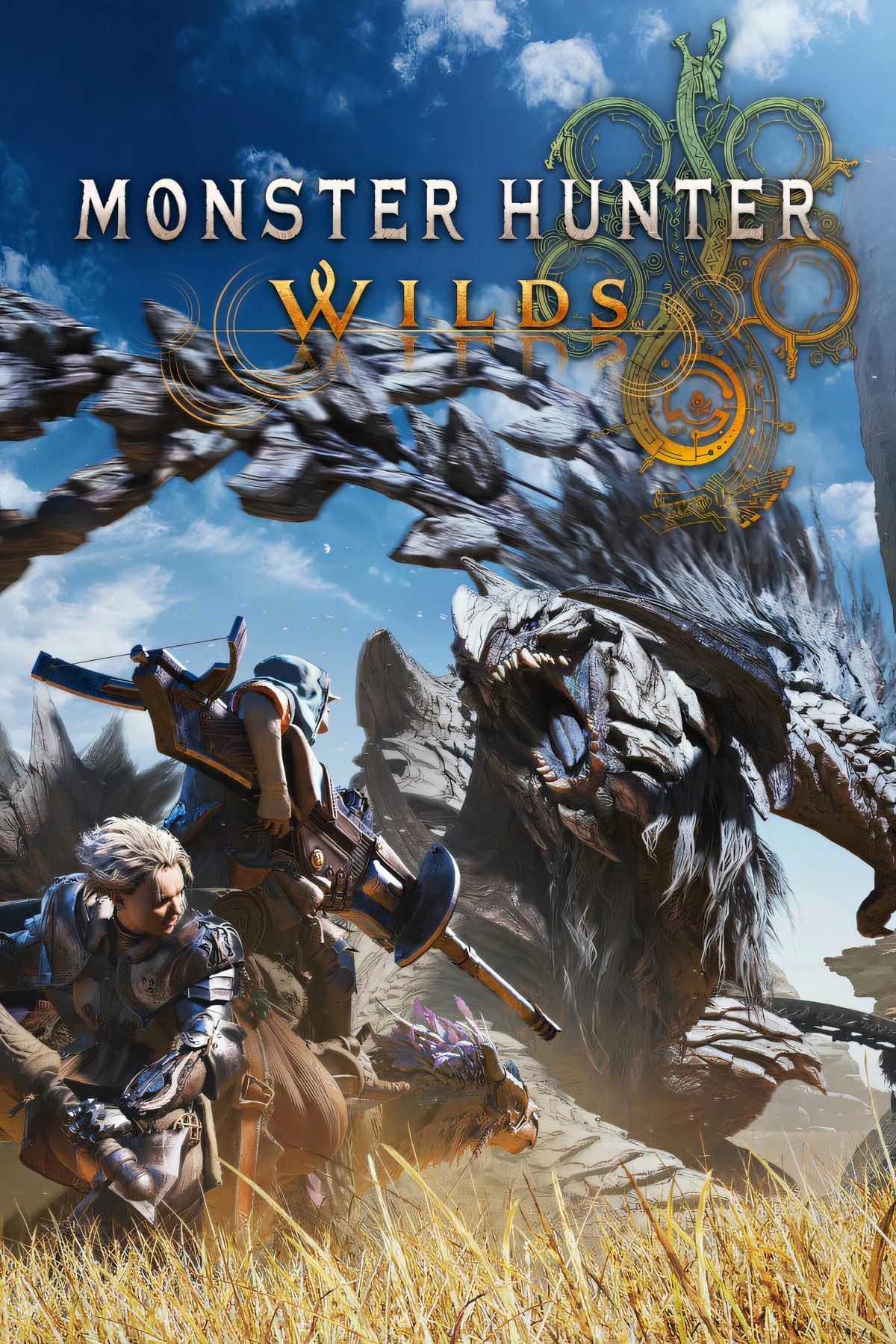Skills in Monster Hunter Wilds often have vague descriptions that don’t fully explain their effects in practice. Skill descriptions rarely have any hard numbers for players to look at, making them essentially useless for optimizing DPS.
The Coalescence skill is one such example. Its description states that it ‘increases elemental attack power and status effects’ but doesn’t say by how much. Here is how it works.

Related
Monster Hunter Wilds: Flinch Free Skill Explained
The Flinch Free skill description states it prevents knockbacks and tripping, but what knockbacks or tripping are is not explained.
How Does Coalescence Work in Monster Hunter Wilds
The Coalescence skill has the following description:
Temporarily increases elemental attack power and status effects after recovering from blights or abnormal status.
In MH Wilds, there are three levels to Coalescence, each increasing the element damage dealt.
- Level 1: When active, grants a 5-10% increase to elemental damage and status buildup.
- Level 2: When active, grants a 10-15% increase to elemental damage and status buildup.
- Level 3: When active, grants a 15-30% increase to elemental damage and status buildup.
Coalescence only triggers when the Hunter naturally recovers from the blight or status buildup, not if you use a Status Recovery item like a Nulberry. However, skills that reduce the intensity and duration of blight and status buildup effects do not conflict with Coalescence.
When activated, Coalescence provides a flat percentage elemental damage increase that varies from weapon to weapon. On certain weapons, this provides a 5/10/15% Elemental damage and status buildup increase, whereas on other weapons, it gives as much as a 10/20/30% increase. Overall DPS remains balanced across weapons due to the nature of attack speed and motion values.
Coalescence’s effect cannot take a weapon’s elemental damage above the elemental damage cap (900).
What Does Elemental Attack and Status Buildup Mean
In MH Wilds, there are two aspects to Coalescence that might be confusing:
- Elemental Attacks and Status Buildup: Elemental Attacks are fire, ice, thunder, water, and dragon. Status effects are Sleep, Paralysis, and Poison. The
- Blights and Abnormal Status: Whenever a monster attacks you with an elemental attack, you are afflicted by the corresponding blight effect (fireblight, frostblight, etc.). Abnormal statuses are things like Stun, Poison, Paralysis, Bleeding, Blastblight, Resistance Down, Frenzy, Stench, etc. Basically, anything that is a negative debuff counts as an abnormal status.
You cannot inflict an abnormal status effect on yourself using items. Toadstool, for example, does not work, as the only way to use them is by equipping the Mushroomancer Skill, which turns it into a Potion instead of a debuff, and Coalescence is not triggered.
Unlike previous games, Coalescence no longer increases Attack, only Elemental damage and status effects.

Related
Monster Hunter Wilds: Best Decorations To Insert Into Weapons
Decorations are a critical method to boost weapon stats in Monster Hunter Wilds, and these are the ones players should focus on.
Is Coalescence Worth Using in Monster Hunter Wilds
Yes, it is. Coalescence is one of the most powerful skills in the game, especially when paired up with complementary skills and weapons that boost its effectiveness. Coalescence is best used against monsters that deal elemental damage for Blight effects or non-interrupting status ailments. Status ailments like Stun, Sleep, and Paralysis completely stop a hunt in its tracks and should be avoided at all costs.
However, the best status ailment to proc Coalescence is Frenzy. This is because Frenzy can be automatically inflicted on the Hunter if they are fighting against large monsters thanks to the Gore Magala set bonus (Gore Magala’s Tyranny: Black Eclipse). Thanks to Black Eclipse, players don’t have to worry about finding a way to tank a hit from a monster in order to trigger Coalescence, but can automatically do so at the start of every fight. Frenzy can then be removed by attacking the monster a certain number of times.
This build also needs the Antivirus skill, which makes Frenzy easier to handle and gives Affinity when it’s cured. If you’re not using this build, Blight Resistance Level 2 is great to have as it increases the Blight status recovery rate by 75%.
Do not use Blight Resistance Level 3 with Coalescence (only level 2), as instantly recovering from any Blight effect does not trigger Coalescence.
Weapons that are good with Coalescence are naturally the ones that benefit from elemental damage the most. Therefore, fast attack speed weapons like Dual Blades, Insect Glaives, and Charge Blades are the best options.
Coalescence stacks with Burst, which is one of the better skill combinations in the game for pure DPS. It does require a bit of a commitment through Armor, talisman, and decoration choices, but it can be incredibly powerful, especially in the hands of skilled players. But this hyper-focus on offense leaves very little room for defensive skills, which can be a mistake in certain scenarios. A high-risk, high-reward playstyle that can pay off dividends.

Related
Monster Hunter Wilds: 7 Settings To Change First
Change these Monster Hunter Wilds settings before anything else to customize and improve the gameplay experience.
How to Get Coalescence in Monster Hunter Wilds
Coalescencecan be equipped using the following gear:
G. Fulgur is encountered at HR 20 and Gore Magala unlocks at HR 34.
















Leave a Reply